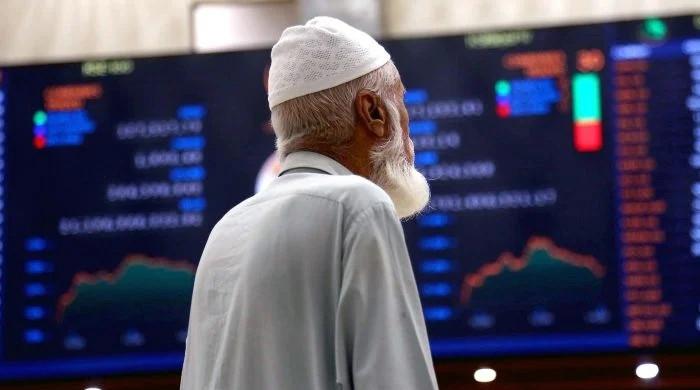UK jobless claims at highest level since 1996 as coronavirus takes a toll on economy
Claimant count rose by 856,500 — the biggest ever month-on-month jump — to 2.097 million, a 69% increase
May 19, 2020

LONDON: British citizens claiming unemployment benefits hit its highest level since 1996 in April, government data showed on Tuesday
The claimant count rose by 856,500 — the biggest ever month-on-month jump — to 2.097 million, a 69% increase, the Office for National Statistics said.
The surge would have been even sharper without a government programme to pay 80% of the wages of workers put on temporary leave by their employers, who do not count towards the unemployment total.
The ONS said emergency changes to Britain’s welfare system meant the claimant count number included more people who were still actually in work than normal, but the scale of the rise in claims showed the hit to the labour market.
“While only covering the first weeks of restrictions, our figures show COVID-19 is having a major impact on the labour market,” ONS Deputy National Statistician Jonathan Athow said.
Also read: Over 12,500 care home residents in UK die from virus in March and April
A Reuters poll of economists had produced a median forecast for a leap of 676,500 in the claimant count, with forecasts ranging widely from just over 56,000 to as high as 1.5 million.
Tej Parikh, chief economist at the Institute of Directors, said the government’s wage subsidy scheme was holding off some job losses for now but it was not clear how firms would react when they are required to help fund it from August.
“Many companies will still be in the middle of a cashflow crisis, and will struggle with any cost increases. Government faces an onerous task in winding down the scheme without causing too much pain,” he said.
Vacancies show record fall
Experimental data for jobs in April, based on tax figures, showed the number of people on companies’ payrolls fell by 1.6% from March and were 1.2% lower than a year before.
Vacancies fell by the most on record in the February-April period, down 170,000 to 637,000, with hospitality job openings falling the most.
Other data published by the ONS served as a reminder of how strong Britain’s labour market was going into the COVID-19 crisis.
Britain’s unemployment rate fell to 3.9% in the January-March period — covering only one week of the lockdown which began on March 23 — from 4.0% in the three months to February.
Employment grew by 211,000 in the first three months of the year compared with a forecast for jobs growth of 50,000 in the Reuters poll.
But with much of the economy shut down by the government to slow the spread of coronavirus, Britain could be heading for its sharpest economic slump in more than 300 years, the Bank of England has warned.
The country’s budget forecasters have warned the unemployment rate could hit 10% in the April-June period, even with millions of workers shielded by the government’s scheme to pay their wages while they are temporarily laid off.
Also read: UK begins easing lockdown, people allowed to go to work if necessary
British finance minister Rishi Sunak said on Monday that 8 million employees were now covered by that scheme and more than 2 million claims had been made under a parallel programme for self-employed workers.
Productivity fell sharply in the first quarter, with output per hour worked down by 1.1% from the final quarter of 2020. Output per worker — which includes those on furlough — was down 2.9% compared with a year earlier, the biggest fall since 2009.









